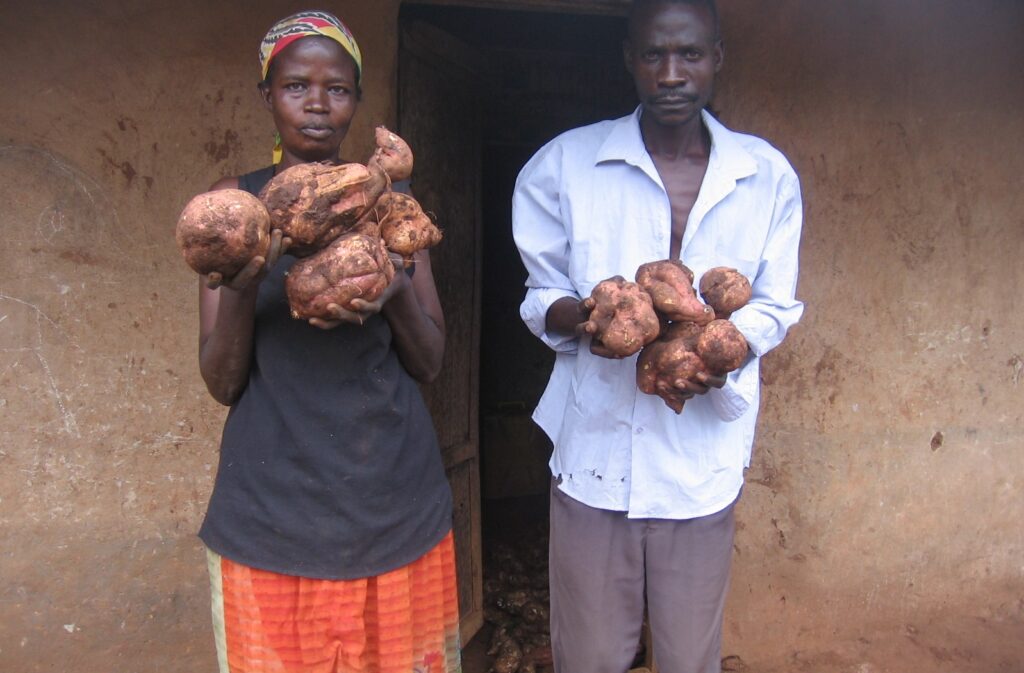CGIAR, a global agriculture research partnership, today announced a historic milestone: its funding has doubled from $500 million in 2008 to $1 billion in 2013, demonstrating strong donor confidence in CGIAR’s ability to tackle major global development challenges. “We applaud CGIAR on this achievement,” said Howarth Bouis, Director of HarvestPlus, which is part of the CGIAR Research Program on Agriculture for Nutrition and Health (A4NH).
HarvestPlus leads a global effort to improve nutrition and public health by developing and disseminating staple food crops that are rich in vitamins and minerals. Coinciding with the CGIAR milestone, HarvestPlus and partners have now reached 500,000 farmers with varieties of staple food crops that are rich in essential vitamins and minerals. These crops contain higher amounts of vitamin A, iron, or zinc – the three micronutrients that the World Health Organization WHO) considers to be most limiting in diets globally. Lack of these micronutrients puts people at increased risk of stunting, anemia, blindness, infectious diseases and even death, with women and children especially vulnerable.
These micronutrient deficiencies, also known as hidden hunger, affect two billion people worldwide. The released crops, including iron beans and vitamin A orange sweet potato, maize and cassava in Africa, and iron pearl millet in India, have been conventionally bred through a process known as biofortification. Due to their higher micronutrient content, biofortified crops are more nutritious than ordinary varieties. In addition, biofortified crops are all higher yielding, disease – or virus – resistant, and/or drought tolerant.
“Half a million people in Africa and South Asia – the two regions worst affected by hidden hunger – are now growing and consuming biofortified crops,” observed Bouis. “This has mostly been achieved in the course of the last few years alone. We plan to continue to build on this remarkable achievement by considerably scaling up the delivery of these crops in the coming years.”
By improving the nutritional value of staple crops, HarvestPlus expects that biofortification will, over time, lead to an improvement in the nutritional status of the largely poor and rural-based people who depend on these crops for sustenance. In the next five years, as noted in the CGIAR release, HarvestPlus plans to disseminate nutritious staple food crops to 50 million people in target countries including Bangladesh, Democratic Republic of Congo, India, Nigeria, Pakistan, Rwanda, Uganda and Zambia.
